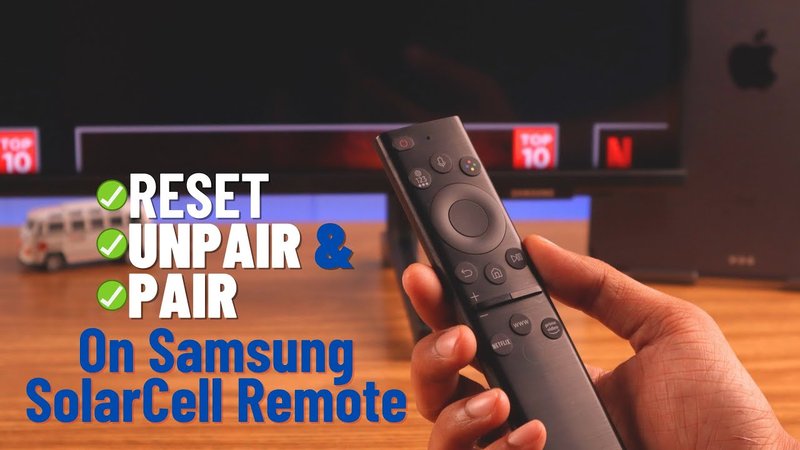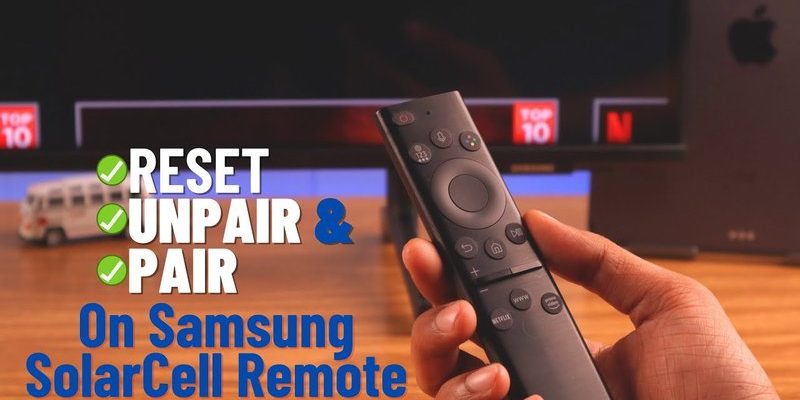
Vivint’s smart remotes aren’t your average “point-and-click” TV clickers. They’re more like tiny universal hubs for your home—capable of syncing with everything from your security cameras to your smart lights. But sometimes, all those connections can get overwhelming, or the remote starts acting odd. That’s when unpairing (and maybe re-pairing) comes in handy. Let’s walk through what actually happens when you “unpair” and how to do it step by step, without the technical headaches.
Understanding Vivint Smart Remote Pairing and Unpairing
If you’re new to Vivint, their smart remote acts as a central command center. It syncs with a bunch of different devices—lights, locks, thermostats, cameras, and more. Pairing, in plain English, means the remote and your device “shake hands” and swap secret codes. This lets them talk privately and quickly. Unpairing is basically telling them, “That’s enough, you two. Time to go your separate ways.”
You might need to unpair your Vivint remote for a few reasons. Maybe you switched out your living room TV, or the remote’s confused about which device to control. Sometimes, re-syncing helps iron out weird bugs—like when a button doesn’t do what you expect. Think of unpairing like breaking up a group chat that’s gotten too noisy: sometimes, it’s less stressful to start over.
Here’s the thing: unpairing doesn’t mean breaking your whole system. It just removes the connection between the remote and a specific device. This way, the remote forgets that device, and you can pair it with something new or just leave it unconnected.
When Should You Unpair a Vivint Smart Remote?
You might be wondering if you *have* to unpair every time you get a new gadget, or maybe you’re trying to fix a stubborn remote that stopped working. The truth is, unpairing solves several common headaches, especially for beginners. I’ve seen people wrestle with their remotes, convinced they’re broken, when really—they just need a quick unpair and reset.
Consider unpairing your Vivint remote if:
- It’s not responding to a device it used to control.
- You’ve replaced or removed a device—like upgrading your smart lock or selling your TV.
- You notice lag, glitches, or multiple devices getting triggered when pressing one button (the classic “crossed wires” problem).
- You want to declutter connections and simplify what the remote controls.
Honestly, it’s like cleaning out your garage. It might look complicated, but once you start removing old stuff, everything feels more organized.
Preparing Your Vivint Smart Remote For Unpairing
Before you jump into unpairing, it helps to get your ducks in a row. Think of it as prepping your workspace before a DIY project. First, make sure your remote’s batteries have juice. Low battery power can lead to sync errors, dropped connections, or the remote not registering unpair commands. If in doubt, swap in fresh ones—trust me, the hassle of resetting again because of weak batteries isn’t worth it.
Next, double-check which devices are currently paired. You can usually see this in your Vivint smart hub app, or by pressing the remote’s “info” or “settings” button. If you’re not sure which device you want to unpair, jot down a quick list. This prevents you from accidentally unpairing something important (like your front door lock late at night).
Finally, locate the user manual or Vivint customer support info. Most unpairing processes are straightforward, but sometimes, Vivint uses model-specific codes or button combos. Having the manual handy gives you a backup if things get confusing.
Step-By-Step: How To Unpair Vivint Smart Remote From Devices
Here’s where things get real. Unpairing the Vivint smart remote doesn’t require advanced tech skills—just a few deliberate steps. Let me explain how it usually works:
- Identify the target device: On your remote, use the “devices” button to scroll through all paired devices. Stop at the one you want to unpair.
- Enter pairing mode: Press and hold the pair or settings button until the remote’s LED blinks or the screen shows pairing settings. This tells the remote you’re ready to change connections.
- Select “unpair” or “remove device”: Use the arrow keys to highlight “unpair device,” “forget device,” or a similar option. Tap “OK” or “confirm.” The wording changes slightly depending on the model, but it’s always something obvious.
- Confirm deletion: The system may ask you to confirm. Hit “yes” or “OK.” Wait a few moments; you might see a loading icon or a “Device Unpaired” message.
If your Vivint remote uses a code to pair (common with locks and security devices), you may need to enter or reset the code during unpairing. Keep any needed PINs or security codes handy, just in case.
When done, test the device to make sure it no longer responds to the remote. If the unpaired device still reacts, double-check that you selected the right one or repeat the steps.
Troubleshooting Unpairing: Common Problems and Simple Fixes
Things don’t always go smoothly. Maybe your remote freezes, or the device won’t disappear from the list. You might feel like you’re in a tech version of “Groundhog Day,” stuck retrying the same steps. Here are the most common troubleshooting tips to get unstuck:
- Remote Won’t Enter Unpair Mode: Remove batteries, wait one minute, and reinsert. Sometimes, a power reset jogs it back to life.
- Device Stays Paired After Unpairing: Double-check if you selected the right device. Some devices require a hard reset (hold their own reset button 10–15 seconds) before fully forgetting the remote.
- Buttons Not Responding: Look for dirt or sticky residue under the keys, or try syncing the remote again from scratch. If it’s a persistent problem, you might need a replacement.
- Lost Connection Altogether: If you accidentally unpaired a crucial device, don’t panic—just walk through the pairing process again using your Vivint app or the remote itself.
Here’s the thing: Patience wins here. Rushing usually leads to missed steps or more confusion.
How Unpairing Impacts Your Vivint Smart Home System
You might worry that unpairing your smart remote will mess up your whole smart home setup. In reality, unpairing only affects the connection between the remote and the specific device you chose. The rest of your Vivint system—like your monitoring, sensors, and security alerts—keeps humming along.
Think of your Vivint setup as a web. Unpairing a single line doesn’t bring down the whole thing—it just loosens one thread. You can add that connection back anytime by pairing again. In fact, many home automation pros recommend unpairing and re-pairing devices when updating hardware or troubleshooting system-wide glitches.
If you’re planning to switch to a universal remote, unpairing the Vivint device first ensures no weird overlaps or signal confusion. Just remember: after unpairing, you’ll need to use the new remote’s pairing process to reconnect.
Comparing Vivint Remote Unpairing To Universal Remote Solutions
You might wonder: How is this different from a regular universal remote? The big distinction is how Vivint remotes interact with your smart home ecosystem. Universal remotes usually send basic IR (infrared) signals—they’re like shouting commands across a noisy room. Vivint remotes, on the other hand, use secure wireless codes and often sync through encrypted channels, making them more reliable for things like doors and cameras.
When you unpair a universal remote, it usually means wiping stored codes or running a factory reset—easy, but not very customized. With Vivint, you’re just breaking the handshake for one device at a time, allowing you to keep everything else neatly connected.
If you’re looking to swap out the Vivint remote entirely, remember that some devices require exclusive pairing for full functionality (like smart locks or advanced sensors). In those cases, universal remotes might not cut it.
Resetting Versus Unpairing: What’s The Difference?
It’s easy to get reset and unpair mixed up—they sound similar, but *resetting* your Vivint remote means erasing all connections, settings, and sometimes even your user account. It’s an all-or-nothing move, like starting over with a brand-new phone. *Unpairing* lets you pick and choose which device to disconnect, while everything else stays as it is.
You should only reset your Vivint smart remote if nothing else works—say, after a major software glitch or before handing it over to someone new. Otherwise, stick to unpairing when you just want to remove a single device.
Here’s a tip: Always try unpairing before a full reset. You’ll save yourself time (and a ton of setup steps).
Closing Thoughts: Keeping Your Vivint Smart Remote Organized
Unpairing your Vivint smart remote from devices isn’t rocket science. It’s more about staying organized and patient. I’ve seen firsthand how a simple unpair-and-repair routine can fix quirky bugs or breathe new life into your smart home. Plus, there’s something oddly satisfying about wiping the slate clean and reordering your connected world.
Keep your user manual close, don’t rush the process, and treat each unpair like a quick spring cleaning for your gadgets. Whether you’re upgrading, troubleshooting, or just simplifying, that little “unpair” command is your friend—one click at a time.
